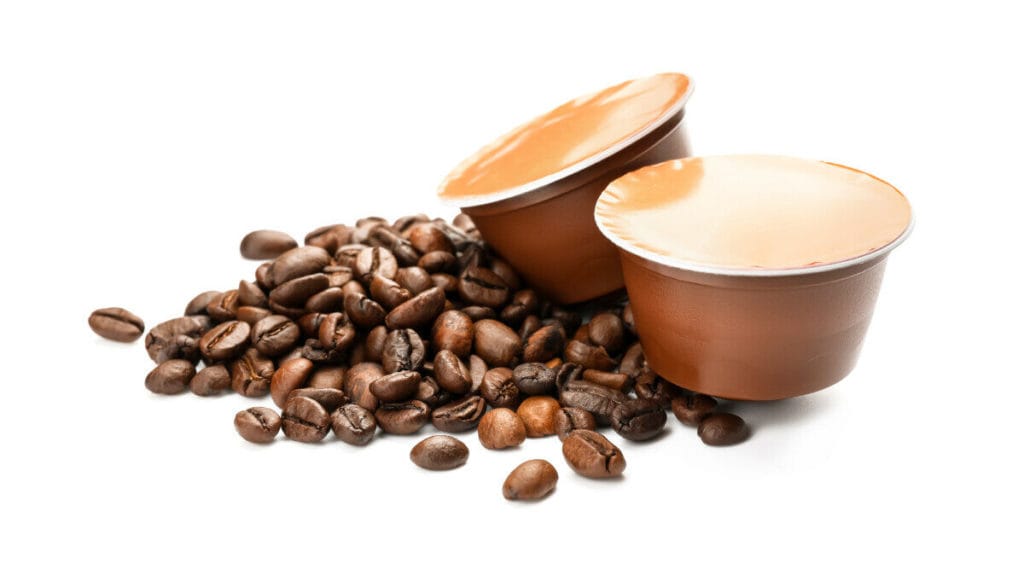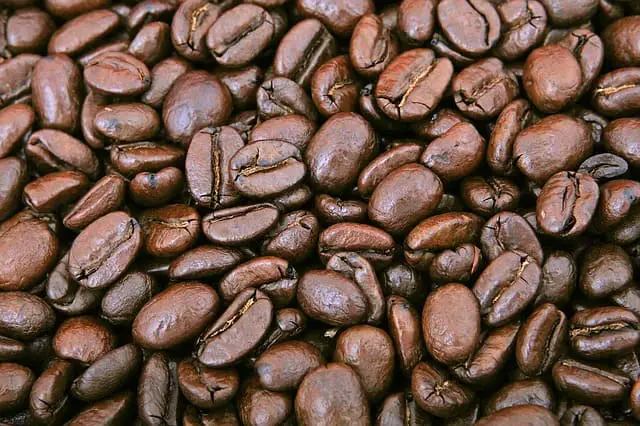
Keurig Pods are a popular product designed for preparing a single serving of coffee or tea in mere moments. Unfortunately, millions of these convenient little cups pile up in landfills every year, remaining for centuries without decomposing. If K-pods is part of your morning routine, it would be worth learning how to dispose of them responsibly.
Using both hands or a cup recycling tool, carefully separate the outer plastic cup from the inner filter by twisting it all the way around. Next, separate the aluminum from the lid. The grounds and the filter are completely compostable, and the plastic and aluminum pieces can be recycled.
This process is fairly simple, but there are also a few other eco-friendly ways to dispose of your K-pods. Here are some tips and tricks that can help you determine which course of action would be the most sustainable for your lifestyle.
How Do I Separate the Cup from the Filter?
As the market leader for coffee pods, Keurig has a long history of dedication to developing eco-friendly products, from testing variations of recyclable plastic cup material to launching campaigns that encourage coffee lovers to compost their used grounds. In 2021, Keurig designed a cup that is easy to take apart and 100% recyclable. The innovative, modern design makes it easier than ever for consumers to make a positive impact on the environment while still enjoying a beloved product.
To separate the cup from the filter, simply pull the aluminum tab on the top of the cup and empty out the contents. Voilà! You’ve separated each recyclable component in half a second, maybe less. From there, you can use the coffee grounds as compost in your own garden (even the filter will break down safely!) or you can dispose of the grounds alongside other waste since they are biodegradable and will not harm the environment. Rinse and recycle the plastic cup and aluminum lid, and you’re all set.
If you haven’t yet purchased K-pods with the new design, or you purchase a different brand of a similar product, you may need to incorporate the additional step of twisting the cup away from the aluminum lid, as some designs incorporate a plastic ring that holds the aluminum lid in place. You can do this by hand, holding the lid in one hand and the cup in the other, twisting in opposite directions.
An easier way to separate the pod from the filter is to use a Recycle a Cup tool. Secure the K-pod into the cutter, press the buttons on either side of the cutter, and twist. This separates the lid from the cup by slicing it with miniature blades in a 360° snip. With a tool like this, there’s no reason not to take a couple of seconds to recycle your K-pods. It’s not just practical, it’s painless!
Here’s a video demonstrating how this popular tool works, as well as a few ways you can use the remaining components of used K-pods:
Recycling Alternative: Reusable Keurig Coffee Filter
There remains some controversy about how much of the plastic used in coffee pods are actually recyclable. If you’re worried about this, or if you don’t have the time to sit and separate pods to recycle them, Keurig also sells a reusable coffee filter. This plastic filter is affordable, dishwasher safe, and can be used thousands of times without contributing any waste to landfills. Coffee lovers everywhere rave about this must-have product, but others find that it produces a weak-tasting coffee, so it just depends on your preference.
To use a reusable Keurig coffee filter, open the lid of the filter and add 2 to 2½ tablespoons of coffee grounds, no higher than the “max fill” line, and close the lid. Insert the filter into the top of your Keurig machine, lower the handle, and press the buttons for your desired brew.
It’s important that the machine is compatible with the filter, otherwise, an error code will appear or the coffee simply won’t brew. For instance, some customers have noted that different models of the Keurig multi-stream machine require you to remove the grey plastic cup from the outside of the filter in order for it to fit into the machine properly. Even if you’re not a Keurig fan, make sure that the brand of whatever machine you choose to use is compatible with the reusable filter.
Where Can I Recycle Each Component?

While it’s all well and good to take apart your K-pods and prepare each component for recycling, none of that will matter if you don’t live in an area with access to the necessary facilities. Some municipalities do not accept plastic that has been contaminated with coffee grounds, and other facilities sift out products made with plastics #5 and #7, which Keurig primarily uses for its pods. Since there is no universal standard for recycling K-pods, it’s important that you are aware of the procedures available in your local area and are prepared with a backup plan in case recycling them just isn’t feasible.
While there are not currently any single-serve coffee pods that are 100% compostable, many companies are looking in that direction and working toward a product design that will be fully biodegradable. In the meantime, after separating the plastic, your coffee grounds can be tremendously beneficial as compost. Creating your own compost is simple. Fill a bin halfway with dirt and red worms; the bin can be as large or as small as your outdoor space allows. Whenever you use a K-pod, add the used filter and grounds to your compost bin, bury them, and let Mother Nature take it from there.
Coffee grounds are a sought-after compost ingredient; some gardeners will even buy used coffee grounds from companies that discard them. Coffee grounds are rich in nutrients, and these nutrients are released into the soil as the material breaks down. This means that, through your composted soil, the plants in your garden will have better access to the nutrients they need.
If you have any other questions about recycling materials, Earth 911 has a recycling directory and an array of resources that can help consumers determine how to responsibly and safely dispose of K-pods and other materials.
Related Topics:
If you like the article above, here are some other similar articles you should check out!
Recycling Lithium Batteries: A Complete Guide
